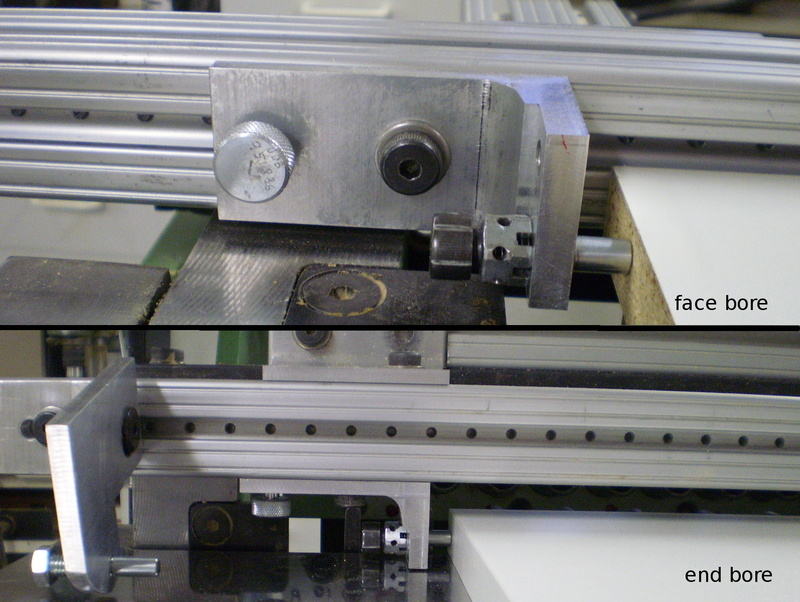Question
I am getting requests to build kitchens with mitered door profiles, which I haven't done before. I could obtain knives for my Williams and Hussey to mould the profiles, which looks like the way these would be made. I am wondering how you are gluing up the miters? I was thinking of using biscuits, or other splines, and maybe using epoxy. What about clamping methods for these frames during glue up? Something like the old Hartford clamps that are used for trimming doors and windows in homes? Those clamps have pretty aggressive teeth in them and I would think they would make a mess of the wood. I need to be able to start building this style door, and could use some tips.
Forum Responses
(Cabinetmaking Forum)
From contributor J:
I've been there and got the shirt. First things first. Run a couple of tests on the W & H and make sure that the molding is acceptable - that is that there is no tearout along the length of the piece. If there is, either adjust your machine or consider buying the molding. I have the W & H and after getting hit or miss results depending on the wood species, I opted to buy my molding. There are several suppliers who are reasonably priced and they offer the molding in several species. I think I pay $.75/LF for 2 5/8" wide lengths. This molding already has the profile cut and as an added benefit, the panel groove is already milled, so all I have to do is cut to length and assemble.
Speaking of assembly, it goes without saying that you will need some type of mechanical fastener to strengthen the joint. Repeated opening and closing will cause the mitre to fail without that mechanical fastener. Biscuits will work, as will loose tenons. Point is to get as much glue area as possible. Accurate mitres are a must! If the joint won't close without any clamping pressure, then you will have problems down the road. I use a large JLT clamp, but have used bessys and bar clamps as well. All you have to do is close the joint and pin. Then you can remove the clamps and get on down the road. Don't starve the glue joint but keep your squeeze-out to a minimum or you will be spending a lot of time cleaning up the frame.
By the way, paint grade is more accommodating than stain grade for obvious reasons. Stay away from complicated moldings because they are a booger to line up at the mitre joint. A simple bead or double bead is both elegant and easy to assemble.
